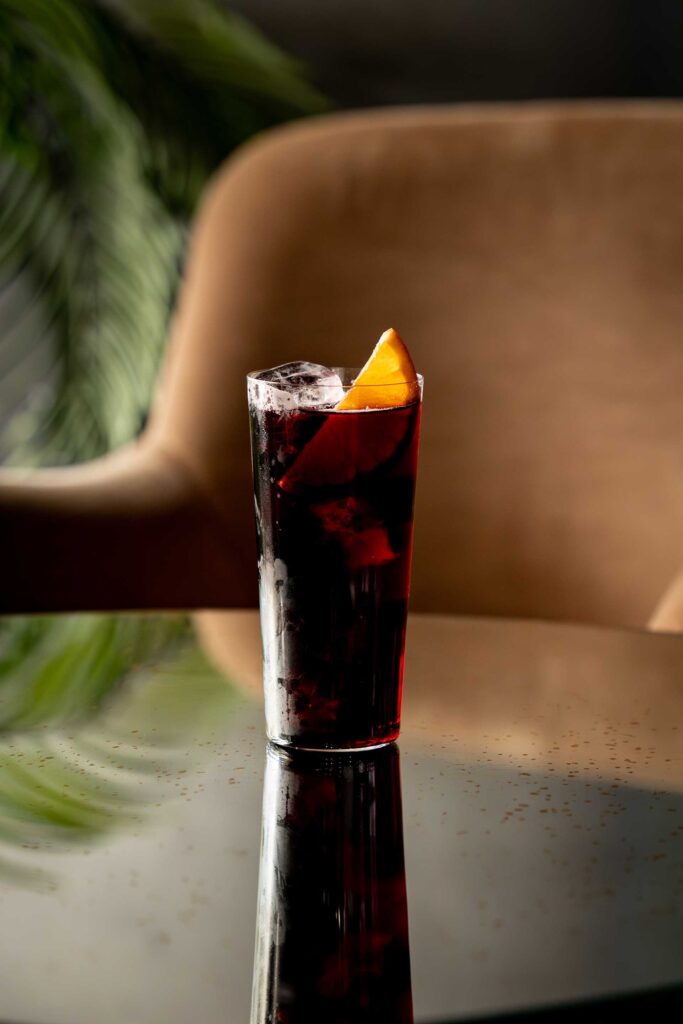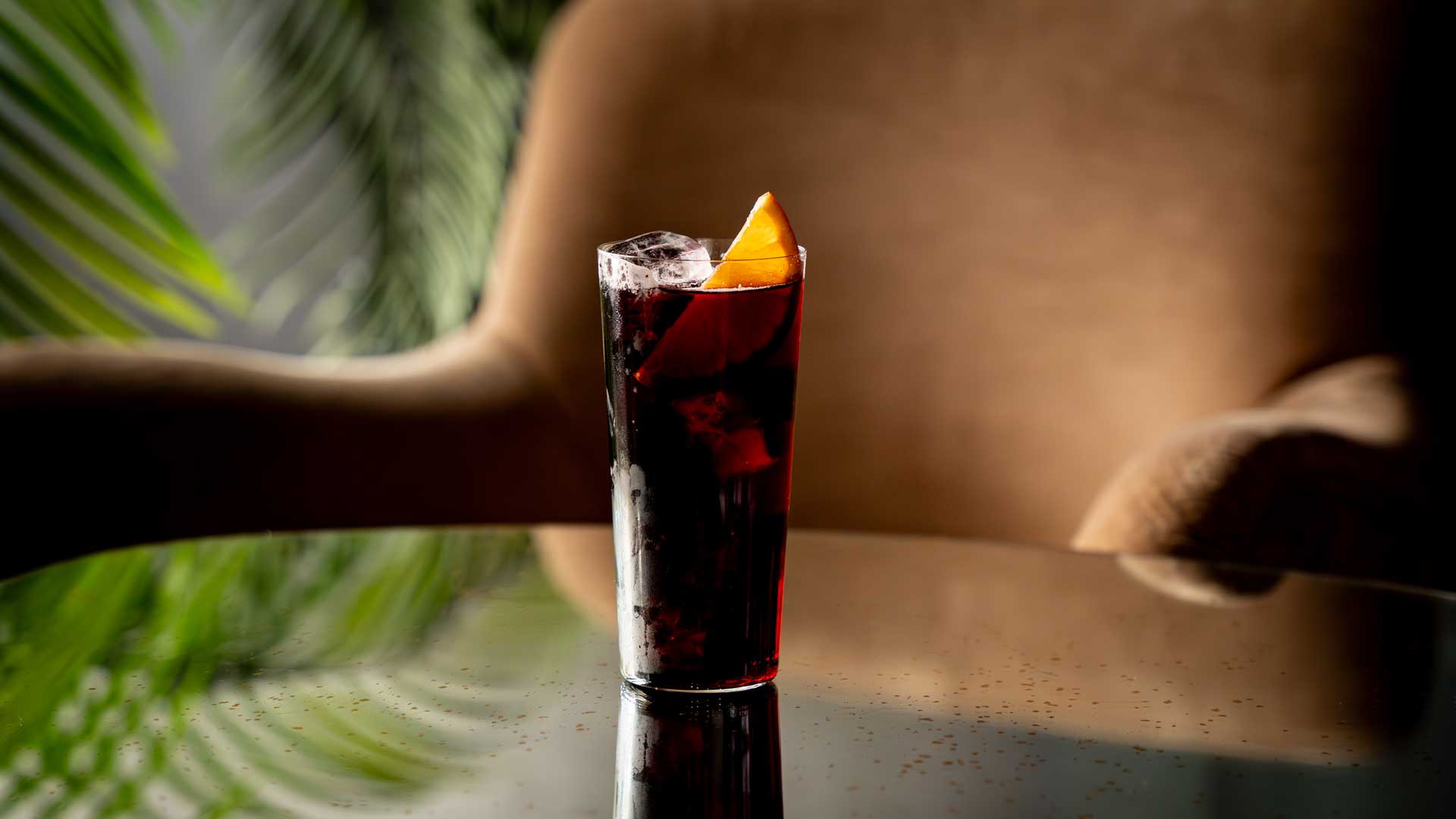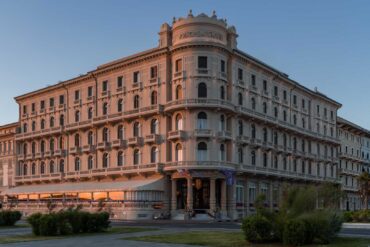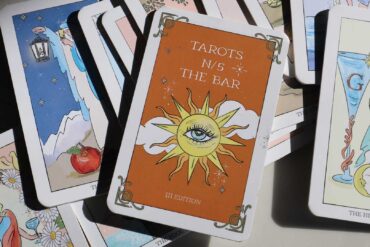It’s spelled Kalimotxo in Basque, Calimotxo in Catalan, and Calimocho in Spanish. In Italy, you might even see Calimocio pop up. Some call it the “poor man’s Cuba Libre”, others go for Rioja Libre. No matter the name, it’s always the same drink—though purists might hesitate to call it a cocktail.
The Story of Kalimotxo
Kalimotxo has a very specific birthday: August 12, 1972. Its birthplace? Algorta, a town on Spain’s northern coast, right by the Bay of Biscay.
That night, the Old Port of Algorta was buzzing with a local festival. The event organizers had stocked up on 2,000 liters of red wine, expecting to sell it by the glass. The problem? They hadn’t checked the quality beforehand. By the time they realized the wine was borderline undrinkable, it was too late to return it.
Their options? Protest to the seller? Too late. Buy new wine? Impossible. Fix it? Worth a shot. That’s when someone remembered an old trick: mixing wine with cola to mask its flaws.
An Older Tradition
Turns out, wine and cola had been a thing since the 1920s. The exact reasoning is unknown, but some speculate it was a cheap way to make rough wines more drinkable. By the time Spain’s first cola factory opened in 1953, the Basques had already developed a taste for this combo. The drink existed well before 1972, but it had yet to settle on a name.
Where Did “Kalimotxo” Come From?
Back to that August night in Algorta. The organizers tested different ratios and landed on a 1:1 mix of wine and cola. But they needed a name.
According to Agustín Martínez, one of the festival crew, the naming process was pure chaos. Then someone suggested blending the nicknames of two of the organizers: Kalimero and Motxongo (or just Motxo, depending on who tells the story).
It stuck. Fast.From the Basque Country, the name Kalimotxo spread across Spain, overtaking alternatives like Rioja Libre and El Cuba Libre del pobre.
One Drink, a Hundred Names
Kalimotxo may have found its identity in the Basque Country, but the concept of mixing wine and cola has popped up in different corners of the world, each with its own twist. In Argentina, it goes by Jesus Juice, while in South Africa, you’ll hear it called Katemba. Travel to Austria, and you’ll find ColaRot, whereas in Chile, the same mix is known as Jote. Across the Balkans, people refer to it as Gomnar, while in Mozambique, it takes on the name Cátembe. The Czech Republic has its own version, called Houba, and in Hungary, it’s known as Vadász.
Whether these drinks evolved independently or were inspired by Kalimotxo is anyone’s guess, but one thing is clear—combining wine with cola has a universal appeal, crossing cultures and continents with ease.
Kalimotxo Cocktail, the Recipe

Like Sangria, Kalimotxo doesn’t always get respect from bartenders. Some refuse to even call it a cocktail. But just like with Sangria, some elevate it by selecting a high-quality red wine—usually something from Rioja DOC.
There are also modern twists, like the one from Alf del Portillo in Lisbon, who adds Amaro, or Brian Evans in NYC, who mixes in rum, vermouth, cinnamon syrup, and more Amaro. A squeeze of lemon is another popular addition—garnish accordingly.
Ingredients
- 90 ml of red wine
- 90 ml of cola
Method
Fill a glass with ice cubes, pour in the wine and cola, and stir gently.
Garnish
None.
Photo credits Julie Couder, location Moebius Milano, all rights reserved






